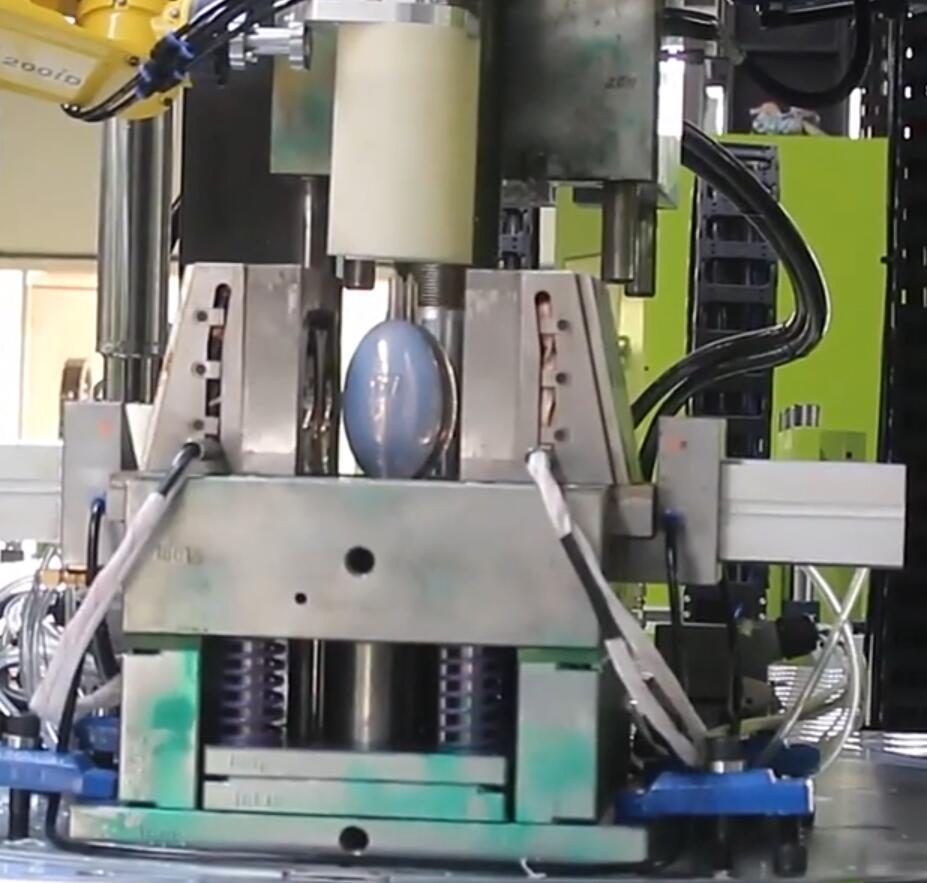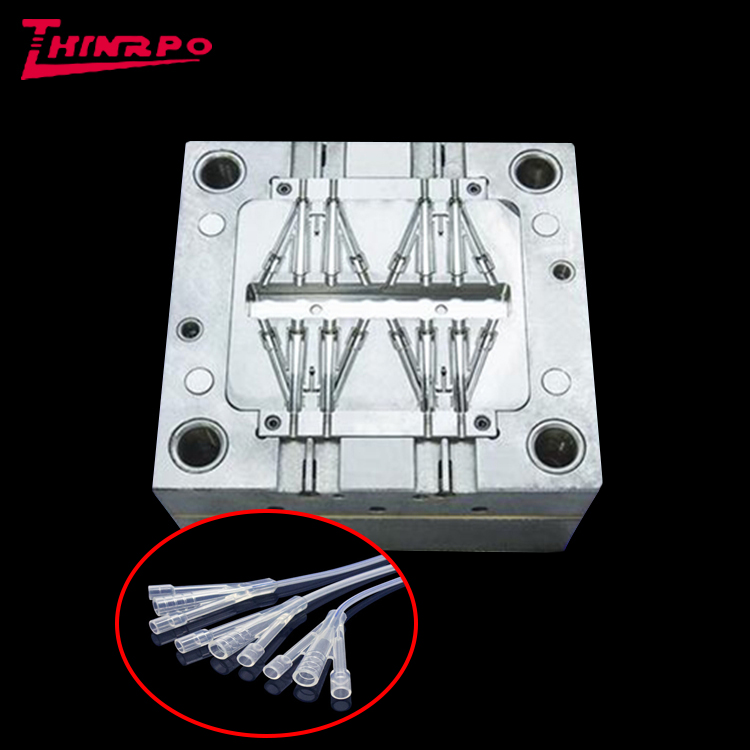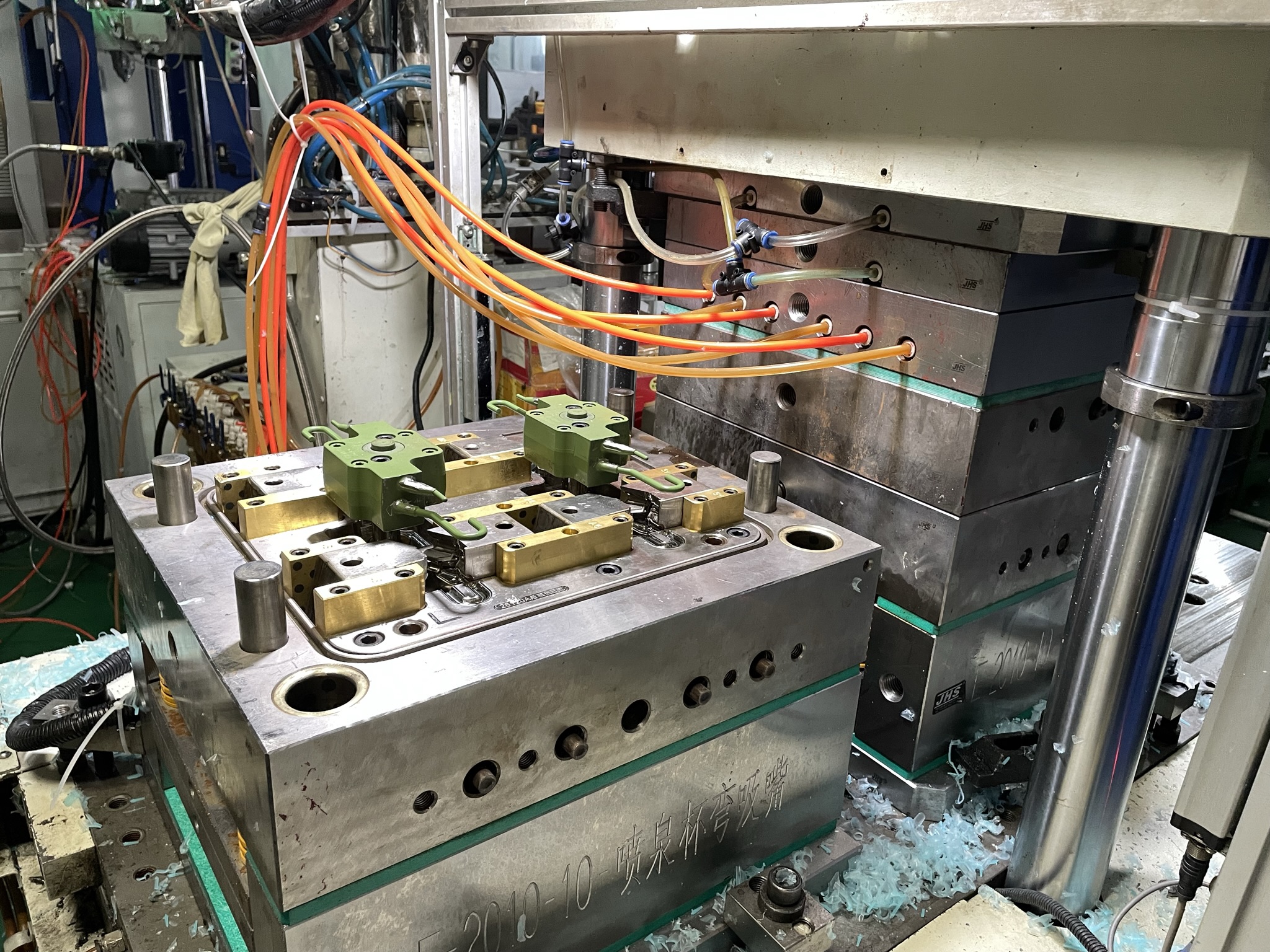The Differences Between Liquid Silicone Rubber (LSR) and Solid Silicone Rubber
Silicone rubber, renowned for its versatility and durability, exists in two primary forms: liquid silicone rubber (LSR) and solid silicone rubber. While both variants share certain characteristics, they exhibit distinct differences in composition, processing, and applications. This article explores the disparities between LSR and solid silicone rubber, shedding light on their unique properties and respective roles in various industries.
Composition:
Liquid Silicone Rubber (LSR): LSR comprises two-component systems—base silicone and crosslinker—that are mixed in a precise ratio before injection molding. The base silicone typically consists of linear polymer chains with reactive vinyl or hydride end groups, while the crosslinker contains silicone hydride or vinyl groups. When combined, these components undergo a platinum-catalyzed hydrosilylation reaction to form a crosslinked elastomer.
Solid Silicone Rubber: Solid silicone rubber, in contrast, is a thermoset material derived from high-consistency rubber (HCR). It is typically supplied in a gum-like form and requires vulcanization—a curing process involving heat and pressure—to achieve crosslinking. Solid silicone rubber formulations may include reinforcing fillers, such as silica, to enhance mechanical properties.
Processing:
Liquid Silicone Rubber (LSR): LSR is processed using injection molding techniques. The two components are metered, mixed, and injected into a heated mold cavity under high pressure. The low viscosity of LSR allows for the replication of intricate details and thin-walled parts with minimal mold shrinkage.
Solid Silicone Rubber: Solid silicone rubber undergoes compression or transfer molding processes. The uncured material is placed into a heated mold cavity and subjected to pressure to facilitate crosslinking. Vulcanization occurs at elevated temperatures, resulting in the formation of the final elastomeric product.

Properties:
Liquid Silicone Rubber (LSR): LSR exhibits excellent thermal stability, chemical resistance, and biocompatibility. It maintains flexibility over a wide temperature range and possesses low compression set, making it suitable for applications requiring durable, elastomeric seals, gaskets, and medical devices.
Solid Silicone Rubber: Solid silicone rubber offers superior tear strength, tensile strength, and abrasion resistance compared to LSR. It can withstand higher temperatures and is often utilized in high-performance applications such as automotive seals, industrial gaskets, and electrical insulators.
Applications:
Liquid Silicone Rubber (LSR): LSR finds widespread use in medical, automotive, electronics, and consumer goods industries. It is employed in the production of soft-touch grips, infant care products, respiratory masks, and surgical implants due to its biocompatibility and hypoallergenic properties.
Solid Silicone Rubber: Solid silicone rubber is preferred for applications requiring mechanical strength and durability. It is commonly used in automotive components, aerospace seals, industrial O-rings, and food-grade gaskets where resistance to harsh environments and prolonged exposure to heat is essential.

In conclusion, while both liquid silicone rubber (LSR) and solid silicone rubber share the inherent characteristics of silicone elastomers, they differ significantly in composition, processing methods, and properties. Understanding these distinctions is crucial for selecting the most suitable material for specific applications, ensuring optimal performance and reliability in diverse industries.

